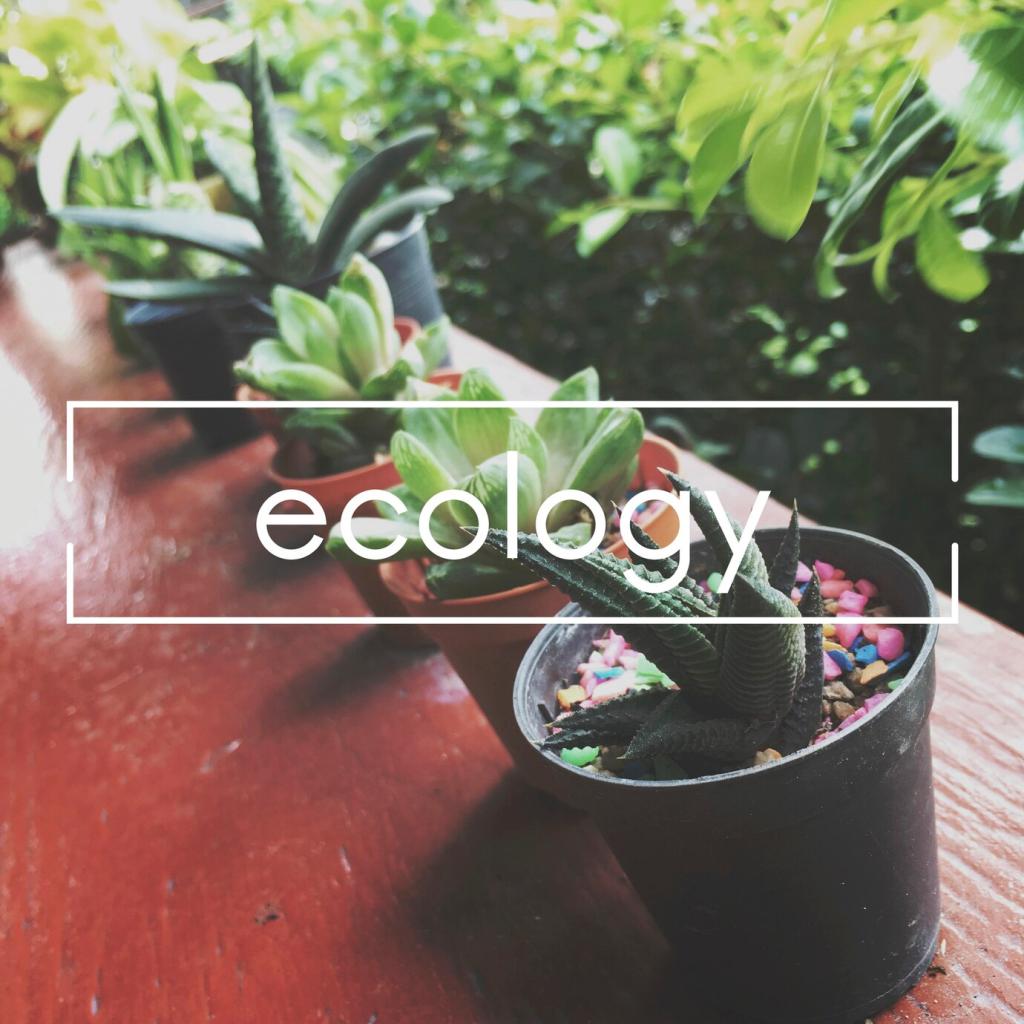
Breathe Easy: Non-Toxic Painting and Finishing Options
Chosen theme: Non-Toxic Painting and Finishing Options. Discover safer paints, timeless natural finishes, and practical methods that protect your health, beautify your space, and honor the planet—without sacrificing performance or style.
Why Non-Toxic Finishes Matter
Understanding VOCs
Volatile organic compounds evaporate into indoor air, contributing to headaches, irritation, and lingering odors. A “zero-VOC” base can still gain VOCs from colorants, so always check the full system and the product’s Safety Data Sheet before you buy.
Health and Home Benefits
Non-toxic coatings typically smell milder, allow quicker re-occupancy, and support sensitive family members, including children, elders, and pets. Many readers report calmer sleep and fewer allergy flare-ups after switching to safer paints and natural finishes.
A Wake-Up Call from a Nursery Makeover
One parent painted a nursery with conventional paint and developed headaches within hours. They switched to milk paint and a zero-VOC topcoat, aired the room thoroughly, and noticed the difference immediately. Share your own experience below to help other families choose wisely.

Choosing Truly Low- and Zero-VOC Paints
Look for reputable third-party standards like GREENGUARD Gold, EU Ecolabel, or Cradle to Cradle. These do not guarantee perfection but raise the bar for emissions and safety. Screenshot this checklist, and ask retailers to provide supporting documentation.
Natural Finishes That Perform
Polymerized linseed and pure tung oil cure harder and faster than raw oils, reducing tack and odors. Pair with beeswax or carnauba wax for a silky, food-safe feel on furniture. Avoid harsh solvents; choose citrus-based or waterborne carriers with clear disclosures.
Natural Finishes That Perform
Milk paint blends casein, lime, and earth pigments for a matte, timeworn look and virtually no off-gassing. It excels on furniture and built-ins. Seal with a natural wax or oil for durability, and enjoy its authentically breathable, velvety surface.


Prep and Application for Healthier Results
Use a HEPA vac attached to your sander, or try damp-sanding to cut particles. Wear a P100 respirator when sanding old coatings, and test for lead in pre-1978 paint. Clean thoroughly so your non-toxic topcoats bond flawlessly.

